Selling Denim and a Dream: My Experience at Good American’s Open Model Casting
- Oops!Something went wrong.Please try again later.

Hundreds of hopefuls turned out at Skylight Row in Downtown, Los Angeles in the early-morning hours on Saturday for a shot at becoming a part of Good American’s “#GoodSquad.”
Founded by Emma Grede and Khloe Kardashian in 2016, the brand has made a name for itself chiefly through its assortment of size-inclusive denim, developed to fit—and flatter—a range of body types. Its marketing campaigns have centered on diversity and accessibility, showcasing women across the spectrum of size, shape and color. You’ve seen their faces on Instagram, in television ads, and on billboards from Sunset Boulevard to Times Square.
More from Sourcing Journal
Now, the brand is searching for its next batch of models, with a promise that the chosen few will see their likenesses splashed across screens of all kinds as a part of its spring campaign. They’ll also receive mentorship sessions with industry agents and a contract with a top modeling agency.
This is why I trekked Downtown to a Fashion District parking lot at 8 a.m. on a rainy Saturday. One hour before the brand’s seventh annual casting was officially slated to begin, the line had already wrapped around the building. Within what felt like minutes, it snaked across the lot, at least 300 people strong.
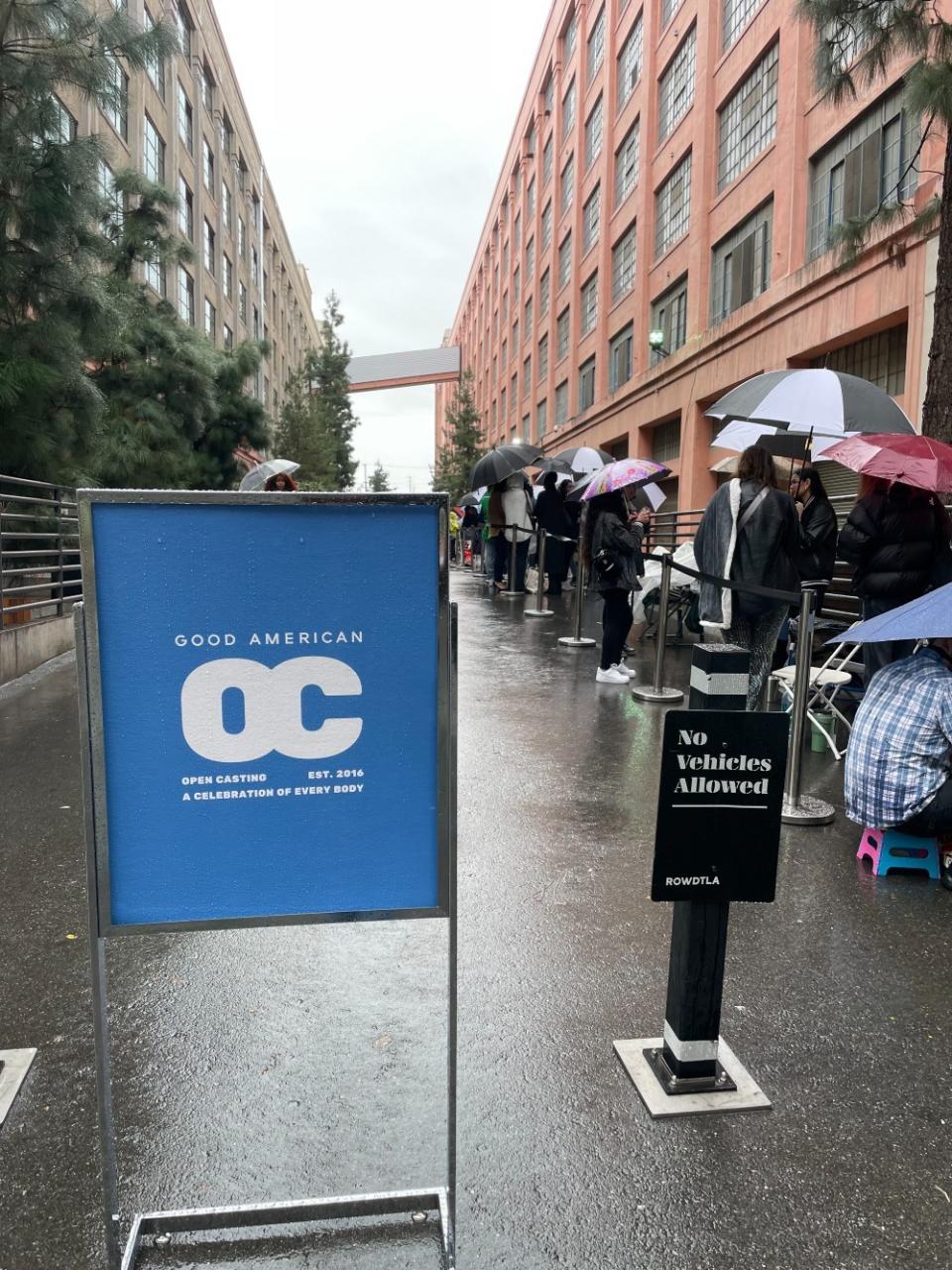
I didn’t show up with any inkling that I myself could become a model. I grew up in the era of the supermodels—of Kate Moss and “heroin chic.” I was enticed by fashion, but always at a degree of remove. At under 5’2, haute couture isn’t made for my proportions (and frankly, most mass-market clothes aren’t, either).
More than that, the narrow standard of beauty that dominated the ‘90s and early aughts taught me that real fashion—the kind seen in the magazines—was supposed to be aspirational, not accessible. I, and so many others not represented in the mainstream, were to remain on the outside looking in.
But here was a chance to step foot inside.
The first thing I did was scope out the attendees, and I was buoyed by what I saw—a true cross-section of L.A., and maybe America more broadly. Ahead of me in line was a fresh-faced student who drove up from her college in Irvine that morning on a whim. Behind me, Yolee Flores, 40, broke the ice by offering up snacks. She had flown into town from Houston with her boyfriend one day earlier, heading straight from the airport to the recently opened Good American flagship at the Century City Mall.
“I’m obsessed with Good American and all it represents,” she told me. “A badass, confident, empowering woman.”
That’s how she sees herself today, but it’s taken years of work. “Since I was a little girl I’ve always wanted to be a model; I remember begging my mom to take me to all the open castings around the city of Houston,” she said. “I’d go with my homemade portfolio and leave feeling very unwanted. I didn’t look the part. I didn’t meet the standard model criteria, and I never got a callback.”
Years later, Flores has broken into Houston’s modeling industry, taking gigs on a freelance basis while working a day job in oil and gas. She showed up to the casting call because Good American’s ethos made her “feel worthy and desired.” The attributes she believes precluded her earlier success, from her curly hair to her tan skin, would be viewed with acceptance by the brand, she said.
One hour into the wait, the line had moved about 20 feet. Denim jumpsuit-clad brand reps handed out water bottles. Word traveled through the crowd that the casting would begin an hour later than scheduled. Then, the rain started.
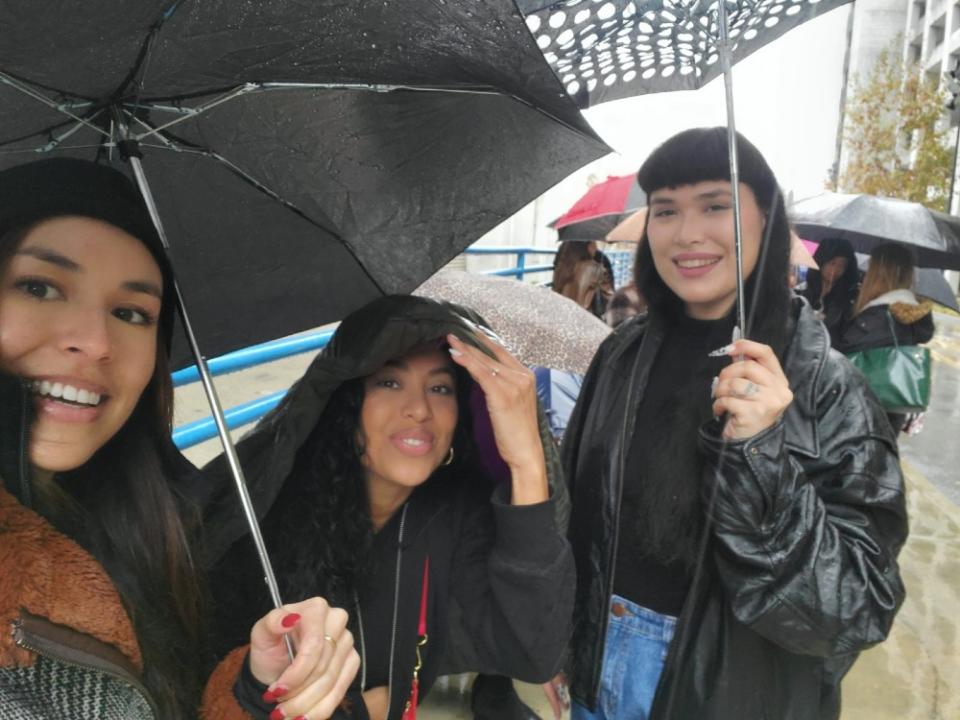
As we pulled out our umbrellas, Nicole Sanchez, 27, told me she had been modeling on and off for a few years and was drawn to the casting because she hoped to expand her portfolio and develop new work opportunities.
“I really enjoyed the brand’s message, and felt like taking a risk that could have a life-changing outcome was worth considering,” she said. “What can come with being chosen would open doors one can only dream of.”
“Imagine seeing yourself on a billboard,” she added.
A Downtown, L.A. native, Sanchez said she came out that day because Good American’s mission resonated with her. “I love their nonconformist tone and support towards inclusivity and body acceptance,” she said. “I feel like the brand’s message makes you feel like they really care… you feel seen.”
Around 10 a.m., it was announced that a panel discussion featuring Grede, model Ashley Graham, stylist Karla Welch and lawyer and author Meena Harris would be livestreamed from inside the building, and no one would be able to enter during the hour-long discussion. It was rumored that one batch of about 90 attendees had made it into the casting so far.
Outside, conditions worsened. “It’s L.A. freezing (60 degrees),” I texted a colleague. I ran to my car to dig up some outerwear that I typically use for hiking excursions, sharing a few sweatshirts and jackets. One woman who had forgotten an umbrella pulled the floor mat out of her Subaru, using it as a shield from the rain. “Morale was getting pretty low for a minute, but we’re back in business now,” she said. A bag of Chick-Fil-A waffle fries was passed around.
Good American held two prior open casting sessions for its spring campaign—one in Nashville on Nov. 18, and one in New York on Dec. 6. L.A. was the last stop on the tour, though another session will take place on Zoom. Judges had likely already seen hundreds, if not thousands of candidates over the course of two months, and it struck me that one might have a better chance of winning the Powerball than making a winning impression.
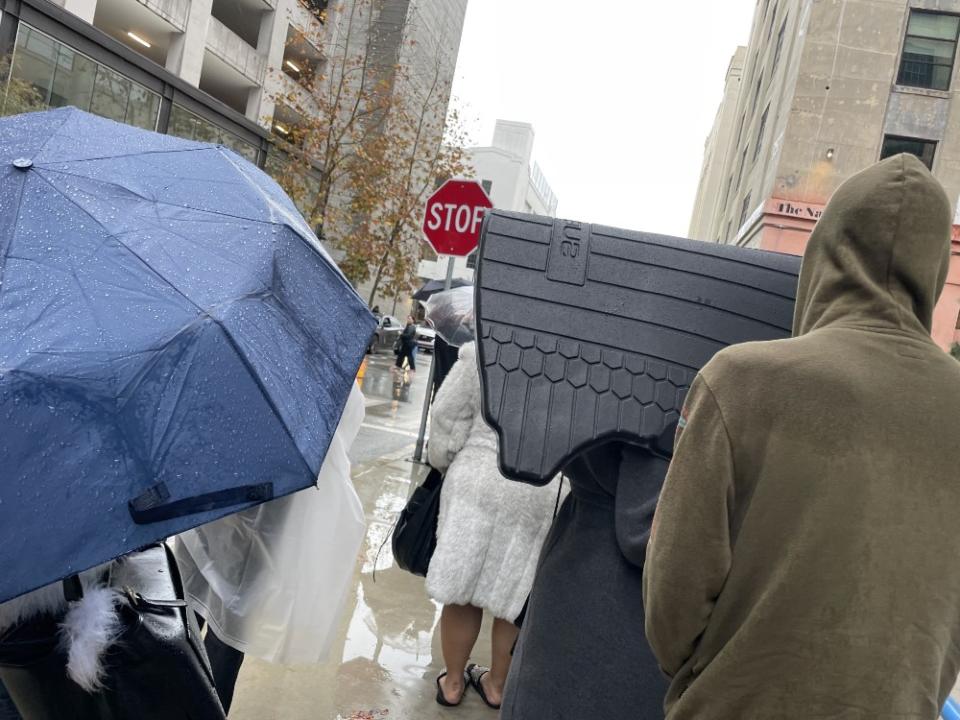
Over the ensuing hours, though, what materialized was a collective suspension of disbelief. Having already invested so much, those who remained were resolved to stick it out. A woman who had been waiting quietly for upwards of six hours started making moves to leave the line, ducking under the stanchion with a look of resignation on her face. Sanchez stopped her. “You’ve already waited this long—you can’t leave,” she said. “This could be your shot.”
My cohort made it to the front of the line around 3 p.m. Most of us looked as though we’d been stranded at Burning Man during the deluge of 2023; my morning blowout had become a bedraggled mess, and my jeans were soaked to the knee. I’d left the house that morning in faux fur but was now sporting Gore-Tex. We were told we had 30 minutes in the casting room and a choice of how to use that time—we could have photos taken, create content through several activations or speak with judges.
I hurried to the station with the shortest line, filming a boomerang-type video that seemed more suited for social media than a modeling portfolio. Sensing my trepidation, a kind Good American employee sought to guide me. “Do you have a signature power pose?” she asked. “Um, not exactly,” I said.
At another station, about a dozen judges were seated, speaking with two candidates at a time for about three minutes each. I spoke with the brand’s director of talent acquisition, Joanette Gogue, telling her I admired the brand’s commitment to diversity as someone who grew up not seeing enough representation in the fashion industry. She asked about a challenge or fear I’d overcome recently. “Putting myself out there, in situations like this,” I said.
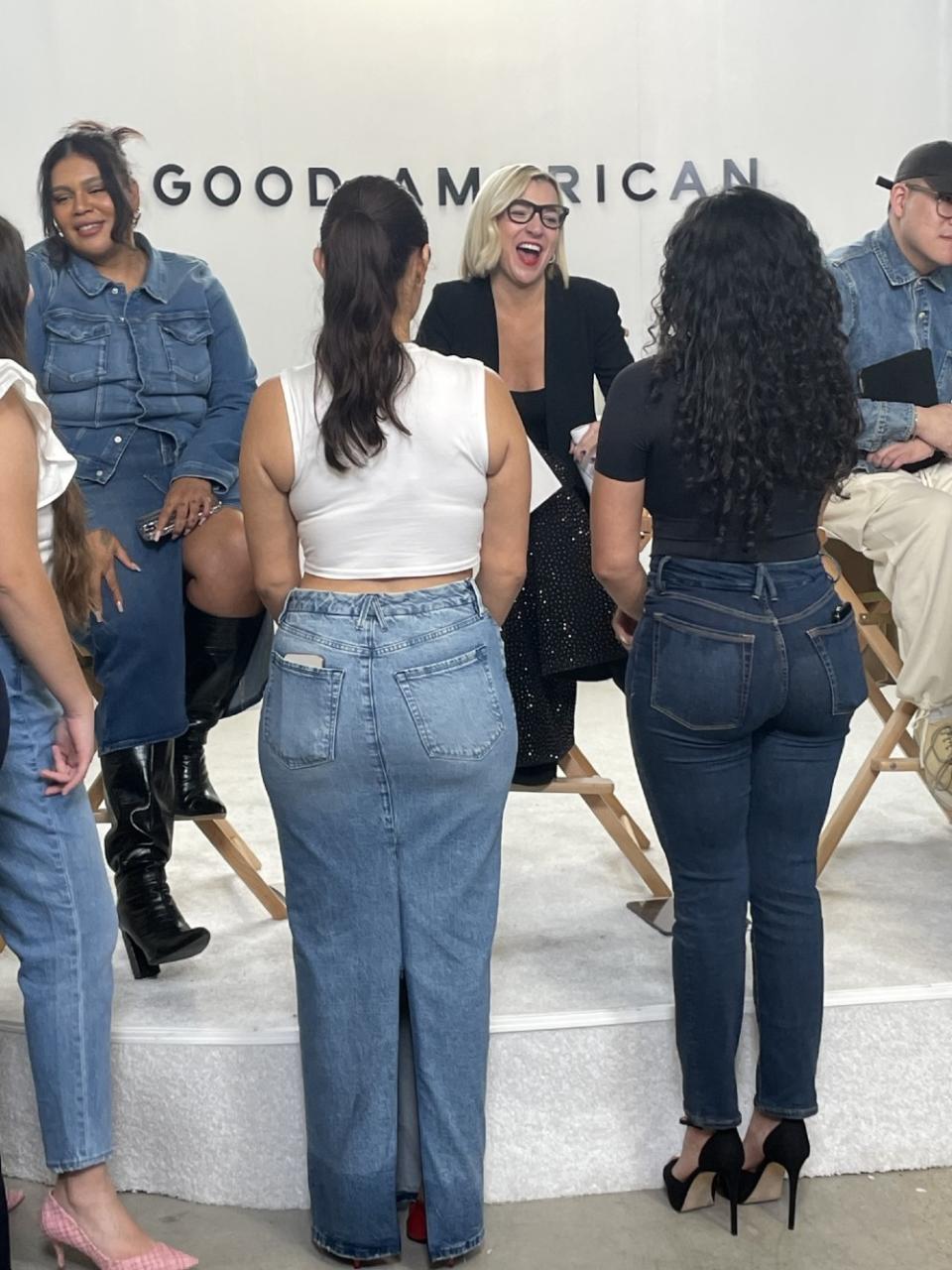
Before I knew it, time was up and the whirlwind was over. We were ushered out of the building into the rain. With each group that emerged, cheers erupted from those waiting in line. Would-be models traded advice (“Go see the judges first!”) and wished each other good luck.
I regrouped with Sanchez outside, asking her to describe her feelings about the day. “Anti-climactic,” she said. More than one woman reported hearing the event described by staff as an “experience,” which she felt downplayed the sacrifices they’d made to be there, and muddied their understanding of the opportunity at play.
“I’m thankful for the great girls I met in line, and the general experience was one for the books,” she told me. “Finally making it inside the building was exhilarating, but I think a lot of us were expecting a bit more once we actually made it in.”
Flores called the open casting “a roller coaster of emotions.” At certain points, she felt discouraged about her chances of meeting the judges and showcasing her personality. But she left feeling a renewed sense of conviction. “No matter the outcome, I feel empowered to work that much harder to go after my dreams,” she said. No person or circumstance will knock her off her path, she added. “I will not be distracted.”
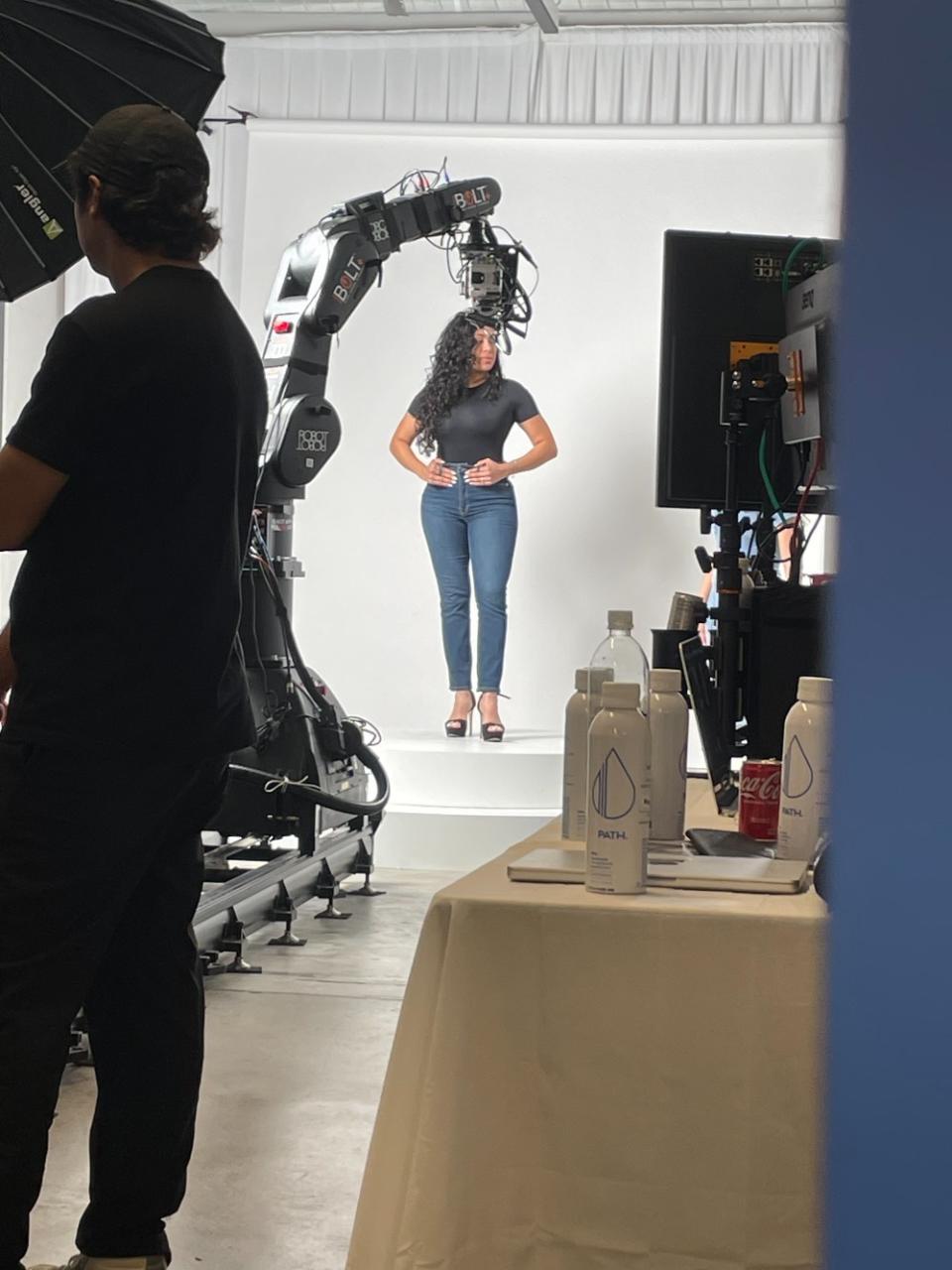
However imperfectly executed, the open casting illuminated a changing dynamic between companies and the people they serve. It gave me a sense that brands could be moving away from acting as the architects of trends, goals and aspirations, and into new roles as reflectors of their consumers’ wants and needs. The attendees who braved the elements on Saturday did so for a chance to be seen, but also to be heard. Their presence both affirmed the brand’s mission and defined it.
There’s no denying that diverse representation is still not the default. But it’s also no longer the novelty it once was, rolled out just to advance an agenda or help probe a new market.
Dove broke the mold when it debuted its Real Beauty campaign in 2004, but the company’s sense of self-satisfaction around the effort seemed to shine through. The “real” models were presented as an alternative to the standard, their other-ness underscored.
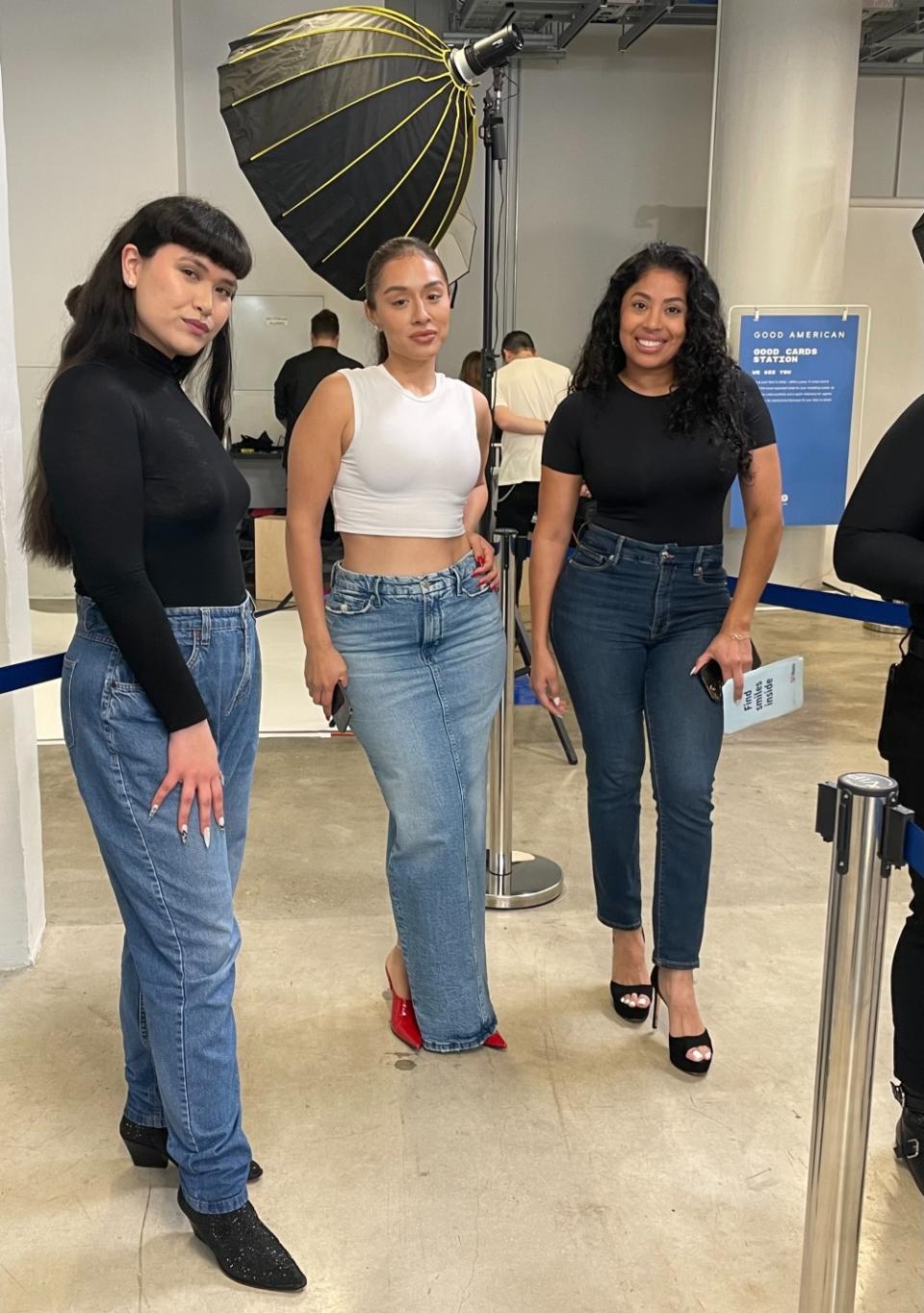
American Eagle’s #AerieReal campaign picked up the mantle a decade later with a commitment to ditch supermodels and photo retouching (novel, at the time), and ramped up over the coming years by bringing models of all sizes, races and abilities to the fore. The effort has paid off; Aerie is a massive sales driver with its own name recognition and continues to see double-digit growth.
As the next generation of brands emerges and matures, they’ll build on these learnings. No matter what fad diet, fitness craze or reshuffling of “body goals” the media and popular culture trot out next, the bulk of consumers will still be regular people working to accept ourselves as we are. Our choices at retail should reflect that, and the optimist in me believes they will.

